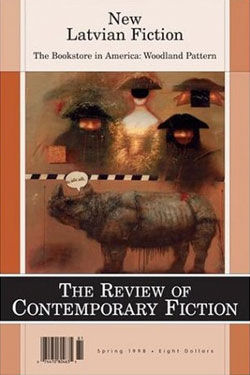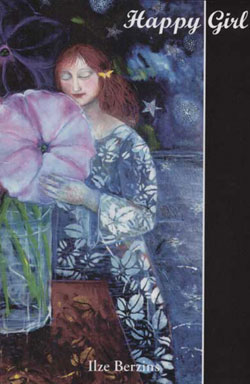
On the second day of spring a body is found, rolled up in a blood-soaked rug and stuffed behind the boiler of a run-down apartment building. It is identified as the body of Ida Tepper, an eccentric and vain woman who spent the previous day on frivolous pursuits: "If Ida Tepper weren’t so rich, she’d be locked up," her hairstylist said when she arrived for her appointment. Ida Tepper felt no presentiment of disaster; in fact, she was buoyed by the sense of a new life beginning. And, in a way, it was.
Death in the Glebe is set in a fashionable area of Ottawa. Inhabitants of the Glebe, we are told, are willing to pay exhorbitant rents to live there, even in mansions-become-tenements like Hardon Hall, where the body is discovered. The tenants of Hardon Hall are an unsavoury lot. From the top floor, where "slum landlord extraordinaire" Kevin Hardon abuses drugs and his wife, to the basement, where various street people and petty criminals hide from the light, the layers of Canadian society are stacked in order of importance.
None of these characters are sentimentalized—if anything, they are so unsavoury as to be off-putting. Readers of Ilze Berzins’ previous book, the autobiographical Happy Girl, will recognize the moral relativism that does not render any of her characters fully sympathetic. All of them, from Jerry, the seedy caretaker, to Robert, Ida Tepper’s resentful gigolo, have their own agendas; several have reason to wish Ida dead. The women are more favourably portrayed than the men, though they tend toward victimhood of one kind or another. The most likeable character is a pet-loving artist named Doreen, who attracts the romantic interest of one of the detectives assigned to the case. Doreen’s boyfriend has recently left her for another woman; devastated, she takes refuge in her painting, concluding that Art and the company of dogs are more sustaining than human relations.
Death in the Glebe follows the conventions of the murder mystery, though the solution of the puzzle is disappointing in its dependence upon a botched autopsy and the inability of the police to locate a bloody murder scene in the very building in which it was committed. It is depressing enough to imagine that such things may happen with regularity in the real world; it is one of the hopeful conventions of detective novels that they do not. The outcome, which is inventive, should not hang on such unsatisfying devices.
Justice, if it can be said to be done, is approximate, and a broad strain of social satire runs through Death in the Glebe. "Money creates justice," Detective Barry Mullins says soon after the discovery of the body. He knows that the murder of a wealthy woman will remain central until the perpetrator is found, while the unsolved murders of the powerless will be forgotten. There is no expectation of justice for crimes committed against the socially insignificant. Petty criminals can slide away out of sight, confident that the police will not find it worthwhile to pursue them. Special barbs are reserved for cults that prey upon the needs and neuroses of their followers, seemingly impervious to police intervention.
The episodic structure of Death in the Glebe is similar to that of television crime shows and, while this gives the story a certain momentum, it can be disorienting until the many characters are sorted out. In spite of its deficiencies, the story progresses with unflagging energy, and the broad and sometimes maliciously drawn characters do eventually overcome their own sketchiness. The book succeeds best in being wildly personal, as the thoughts and prejudices of the author are never far from the surface.
This is a portrait of a society in which money and status determine all. Only money can afford protection to women, and single women without it are particularly vulnerable. Even those with money and position, like the unfortunate Ida Tepper, may find themselves vulnerable in unexpected ways.
(Editor’s note: This article originally appeared on the SVEIKS.com site.)
Details
Death in the Glebe
Ilze Berzins
Halifax, Nova Scotia: Albert Street Press, 1999
ISBN 0-9686502-1-X





